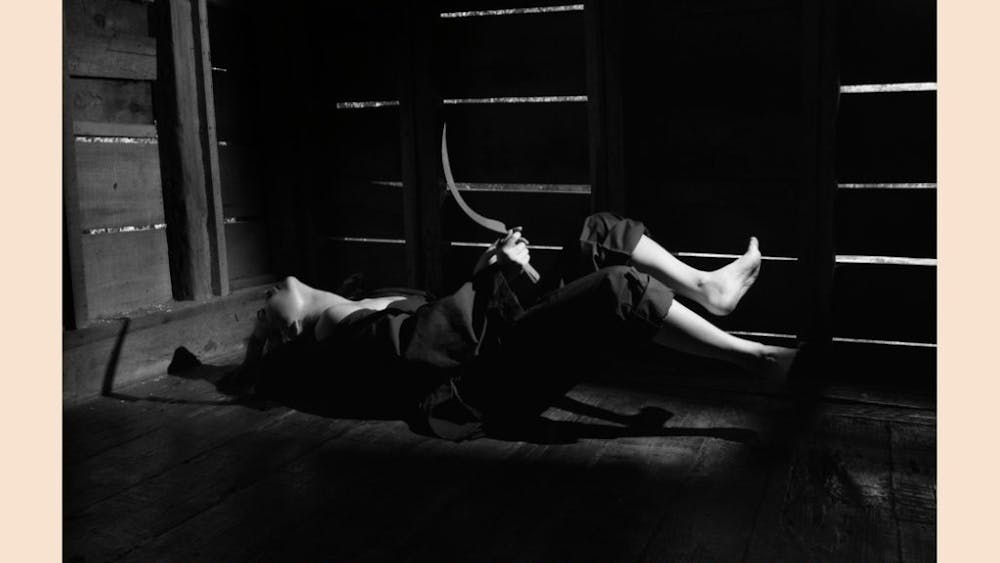J.D. Salinger, a hero and scourge to generations, died last week from complications due to a 50-year battle with getting exactly what he thought he wanted.
Some see this as a tragedy for American literature. I couldn’t be more excited.
The author, best known for his styled and controversial 1951 novel “The Catcher in the Rye,” published primarily short fiction from the early 1940s to the mid-’60s. It’s been recounted that he spent most of his young life lusting after the spotlight, but after the hype about “Catcher” reached fever pitch, he decided to close up shop in New York City and cloister himself in a secluded compound in Cornish, New Hampshire.
With his move to the wilderness, the amount of his work that went to print dwindled, finally stopping in 1965 with the nigh interminable letter-turned-short-story “Hapworth 16, 1924.” It might have soothed his aching soul to not publish, but it did little to appease the legions of fans who have clamored for more from him.
I count myself among those fans. Though I can honestly say I’ve read everything that he ever published, I wouldn’t stoop so low as to brag about it. Even a slow reader could finish his entire body of work within a week or two.
That’s entirely the problem. For most authors, the completion of a work involves a certain amount of closure for the characters and plotlines involved.
Salinger wrote with a completely different focus. He took seemingly random slices from the lives of his characters and used nuance and inflection to drive the heart of each work. He didn’t write his characters to exist only for the several dozen pages of the story, he wrote to give them life. When he retired from publishing altogether, it was as if he had stolen dear friends from each of us.
There’s a Zen aesthetic that claims the only complete things are those that are dead. Salinger, having studied every world religious creed, no doubt had this thought in the back of his head. Stories claim that he continued to write for decades after fading from public scrutiny. His writing life wasn’t dead, only that of his publishing.
That’s why when I heard about the news of his death last week I let out an audible “whoo.” The author has completed his course, and now the time has come for his stories to finish theirs.
There are few things I enjoy quite as much as having a conversation with my brother about the idiosyncrasies of Salinger’s characters. How, even 50 years later, they still hold the same relevance to the current generation of young people as they did when the pen was first put to paper.
Publishing might have been a hindrance to your writing, Mr. Salinger, but it needn’t be anymore. It’s time to let your stories finish their course. It’s time to publish.
Buried in the Rye
Get stories like this in your inbox
Subscribe





